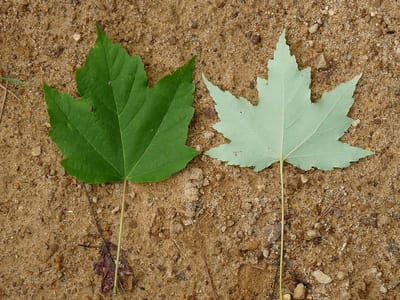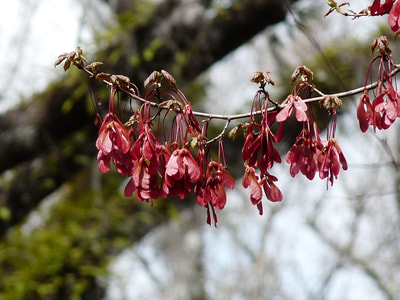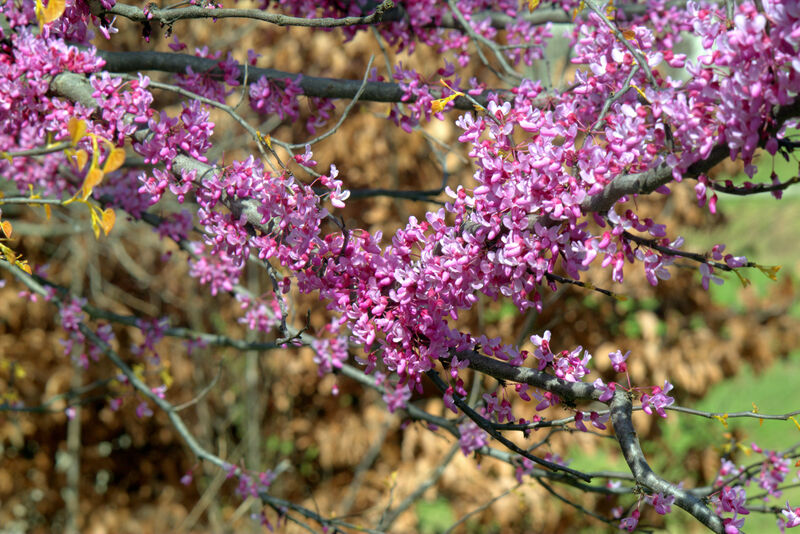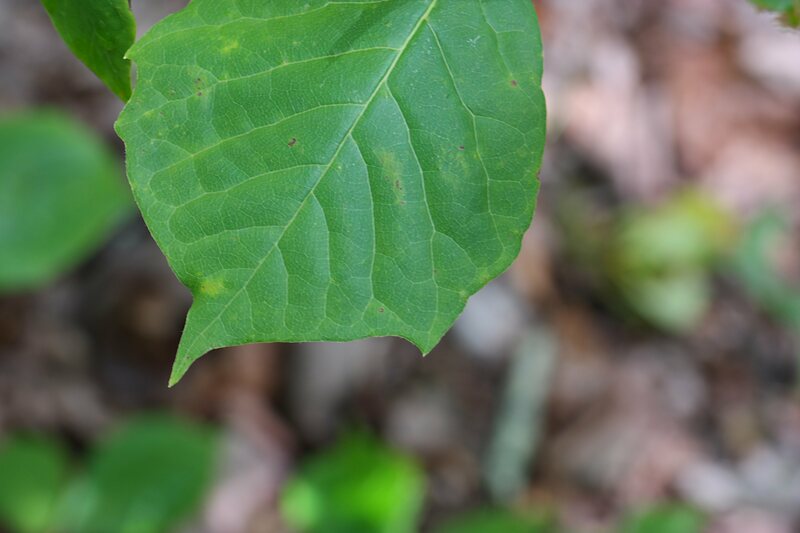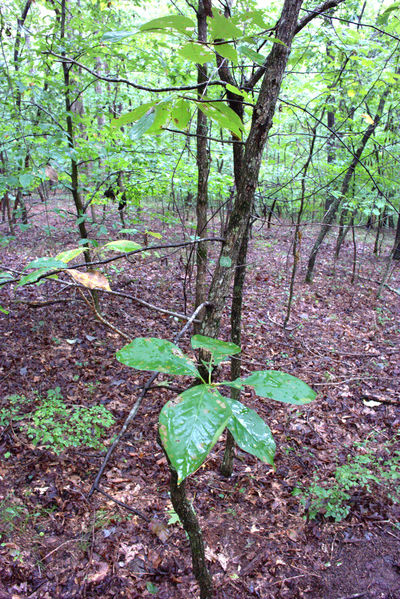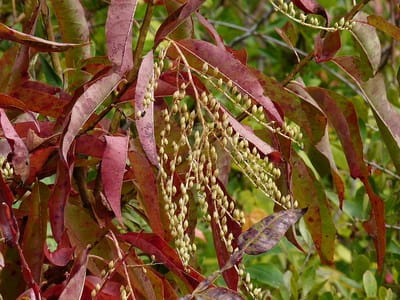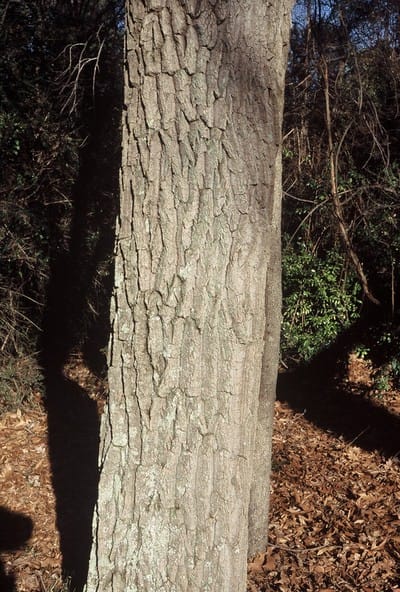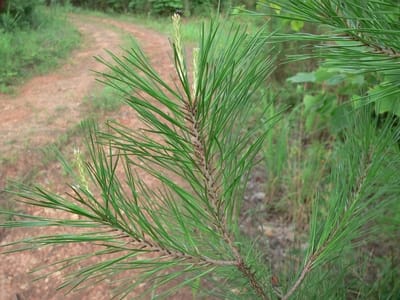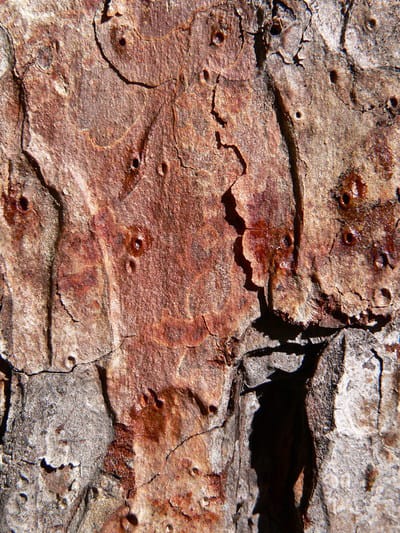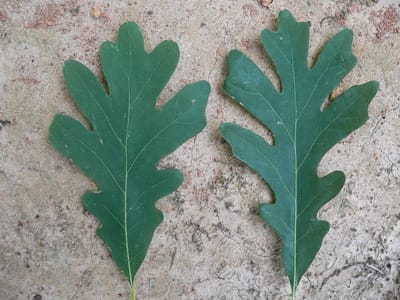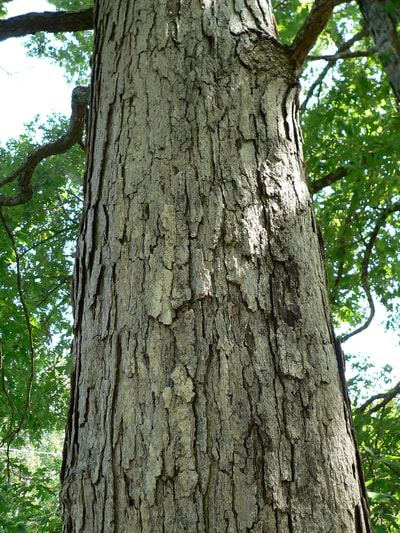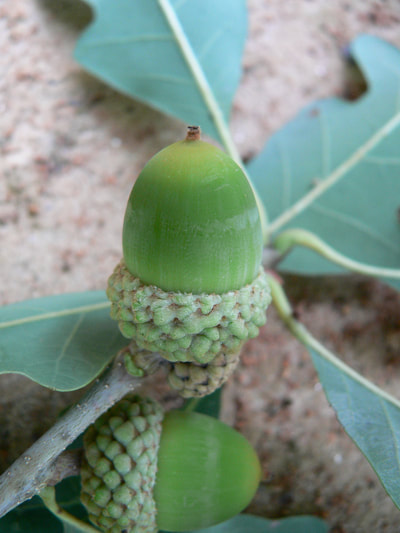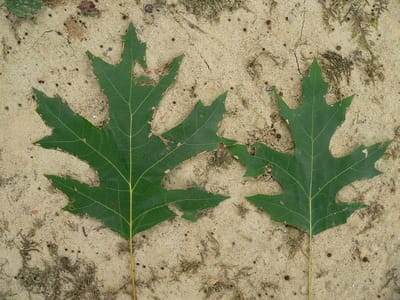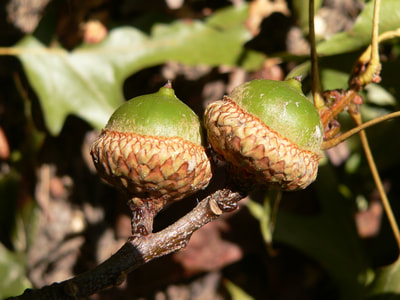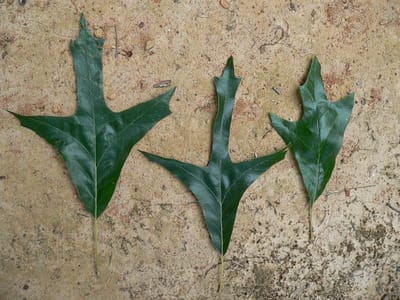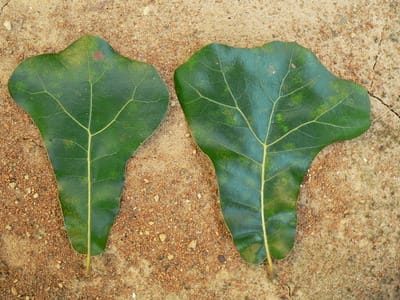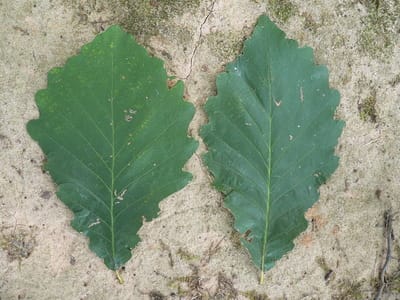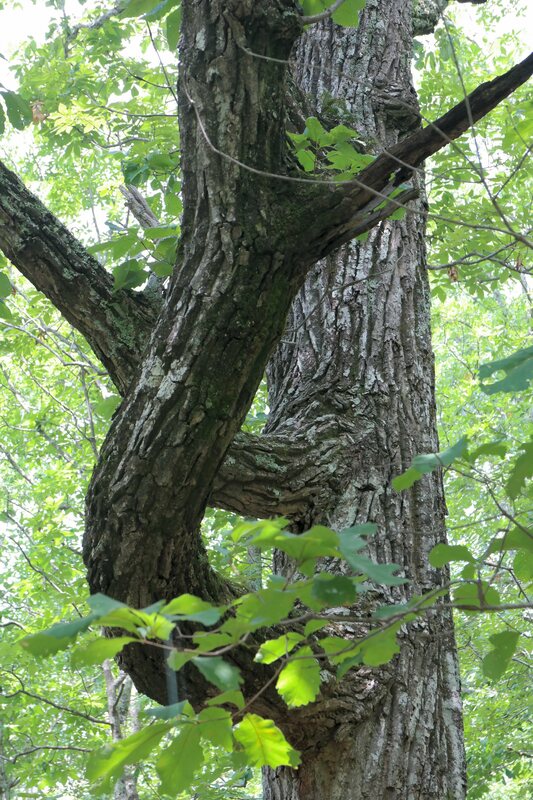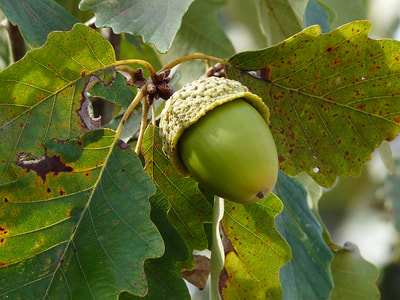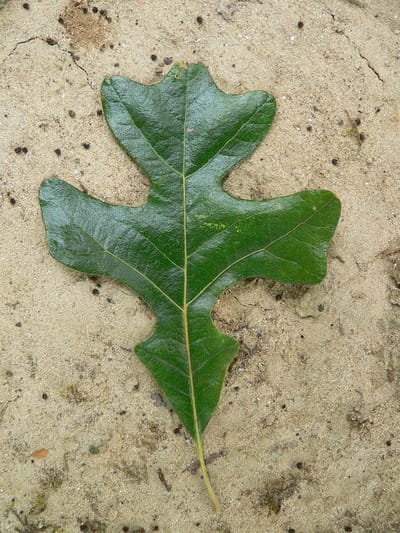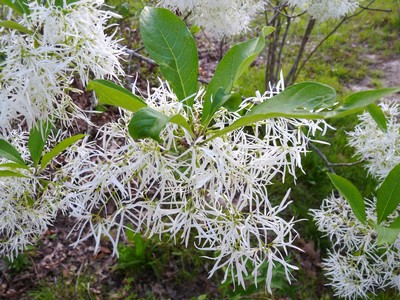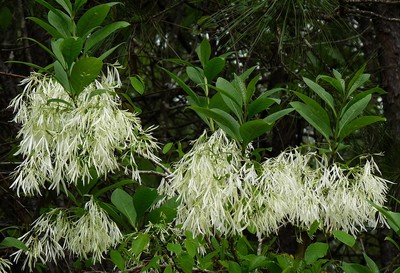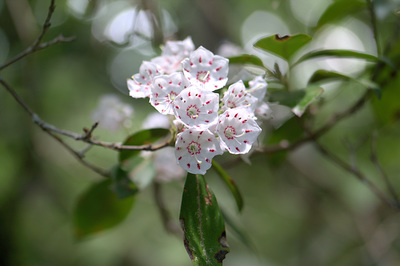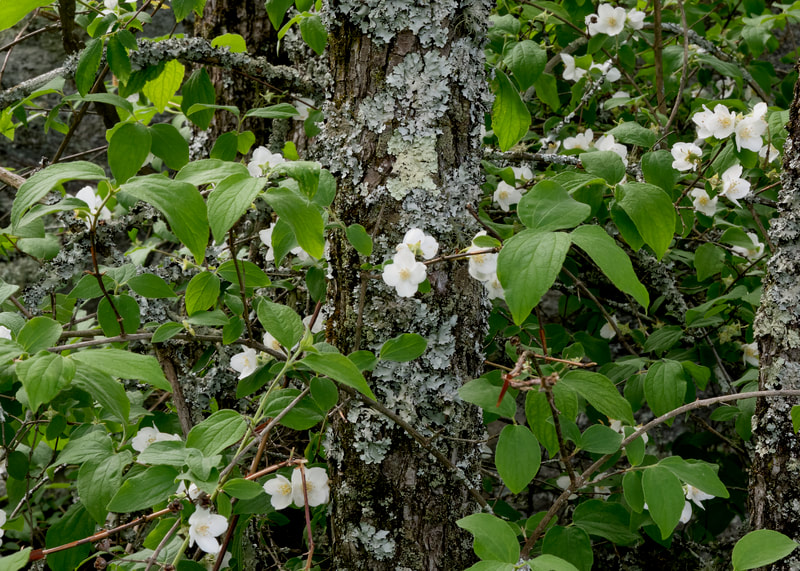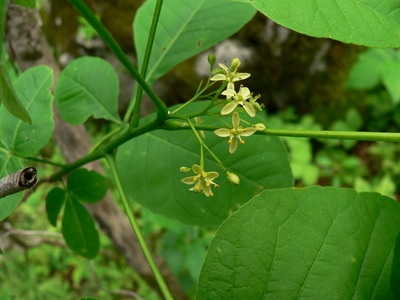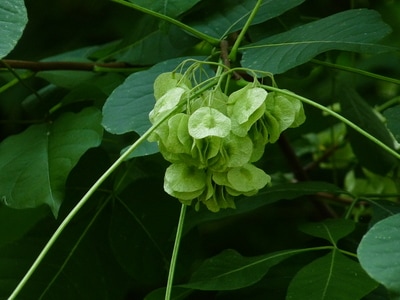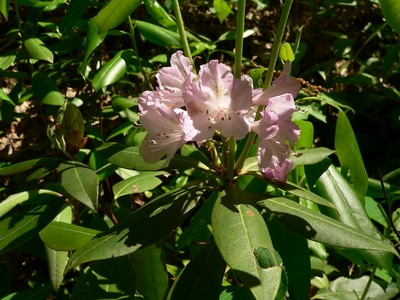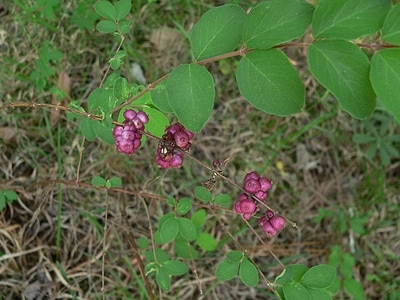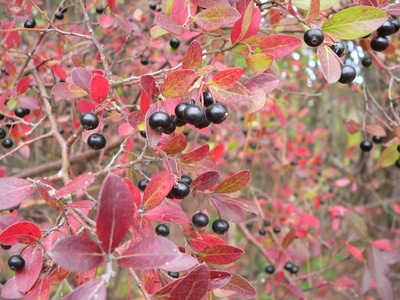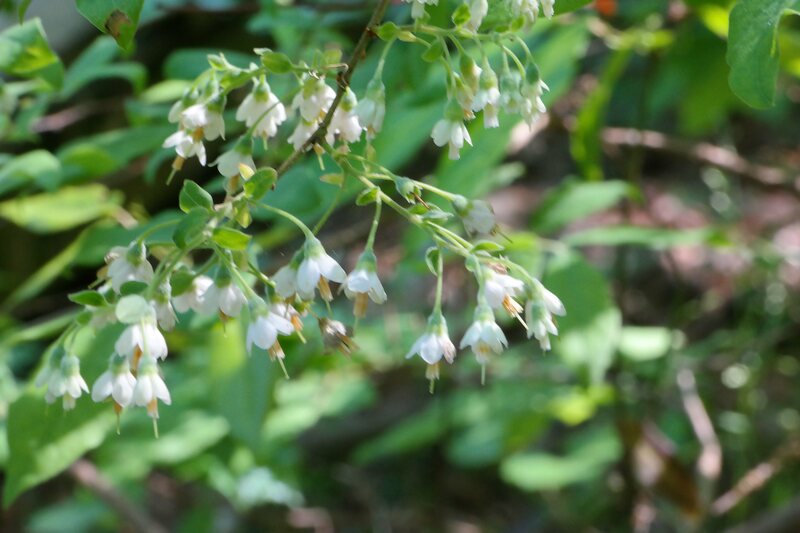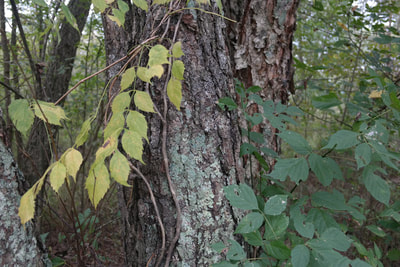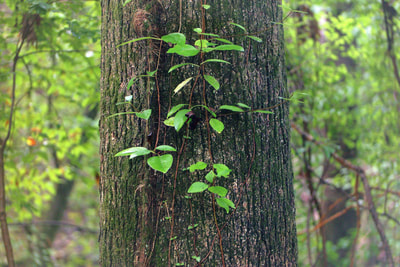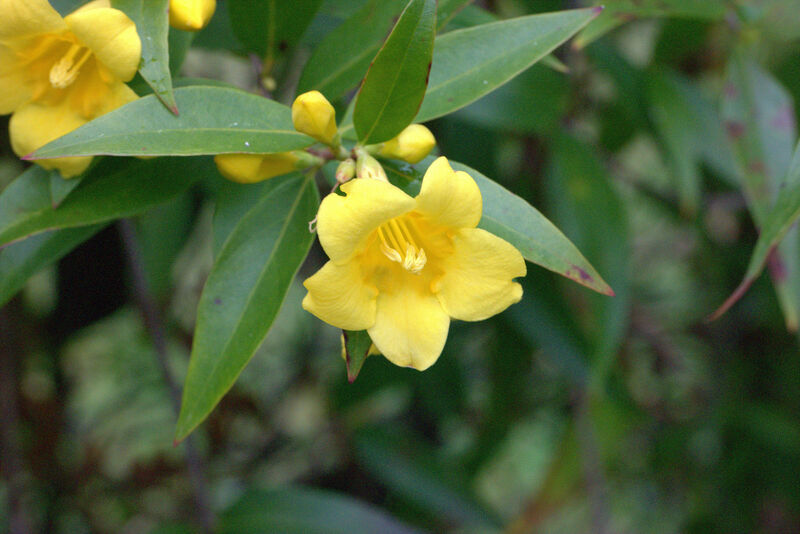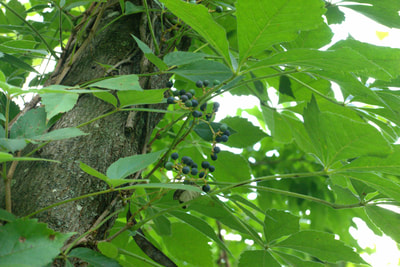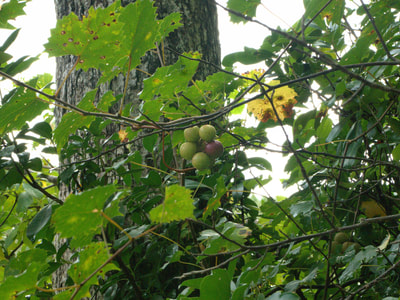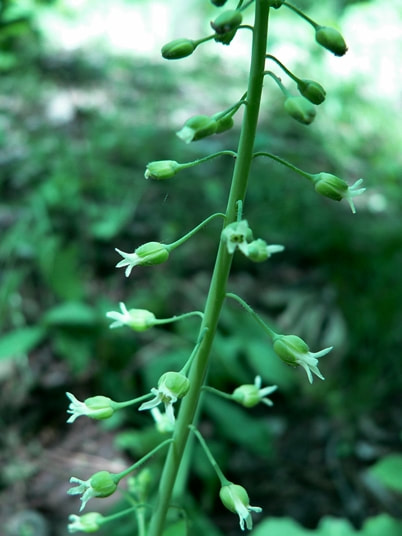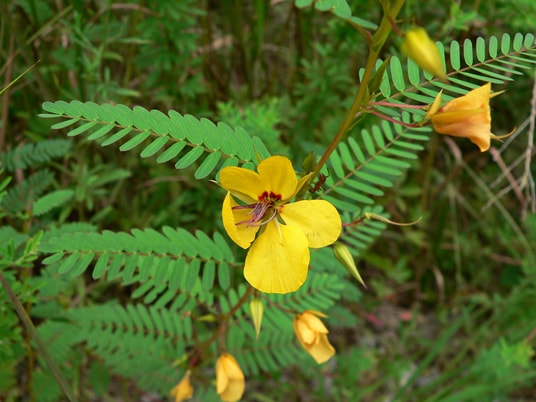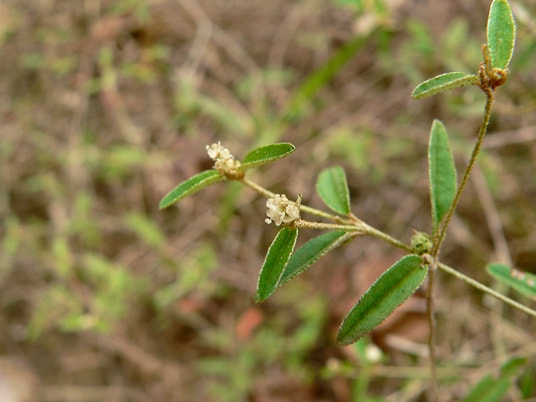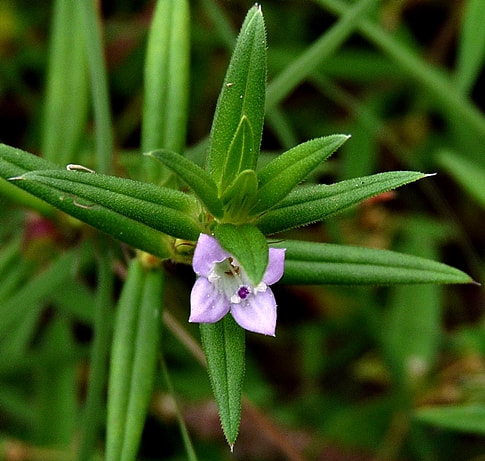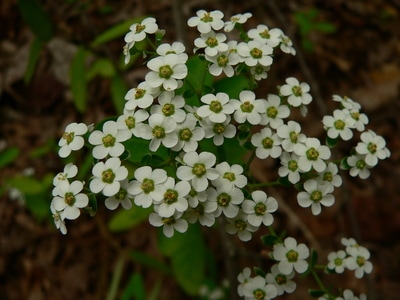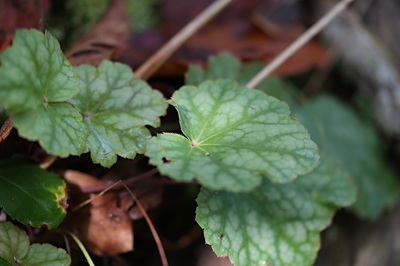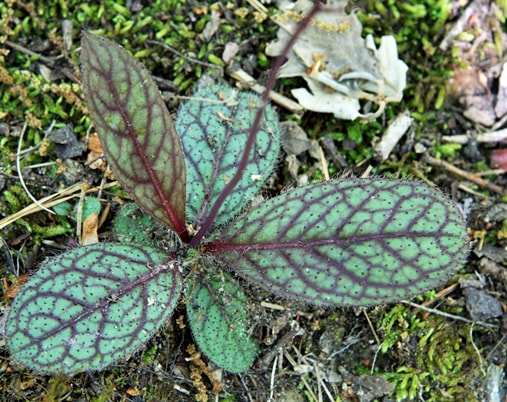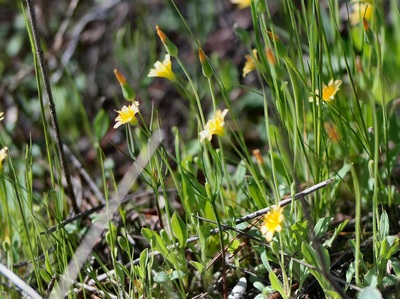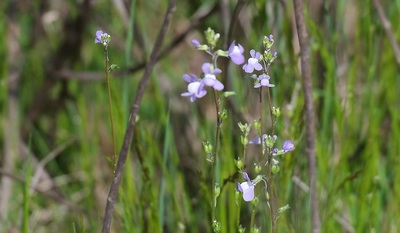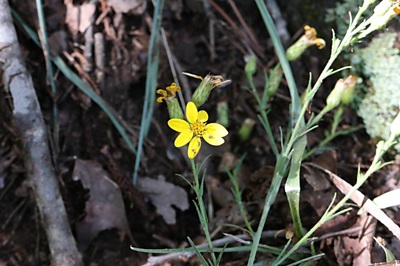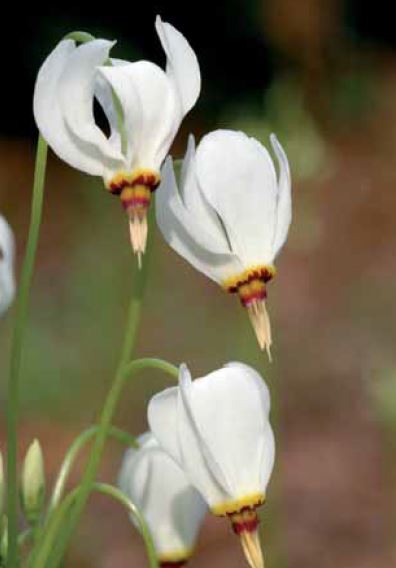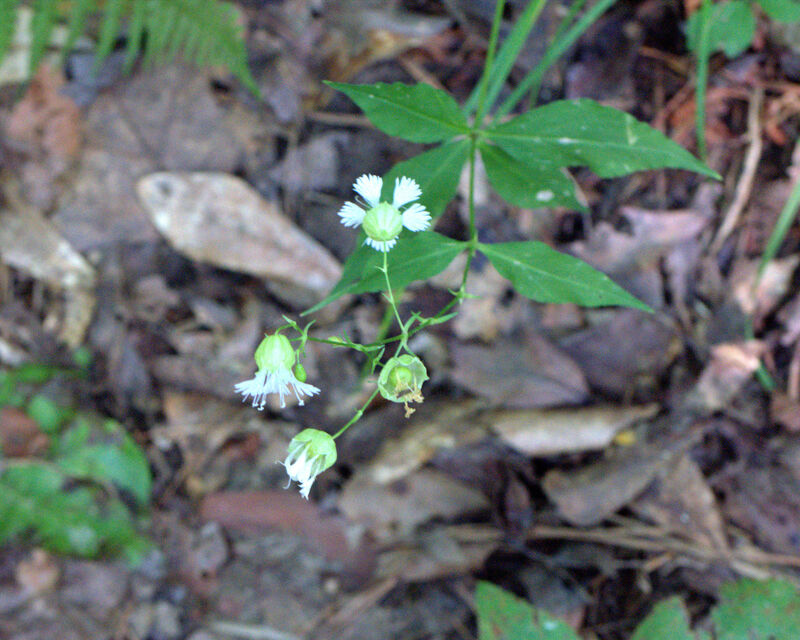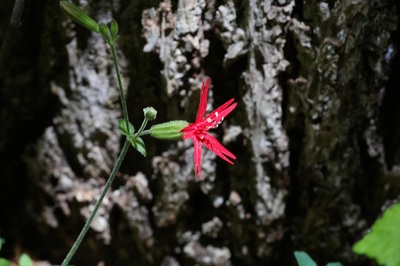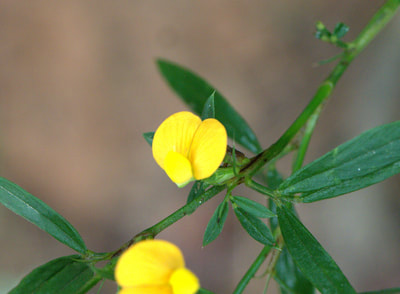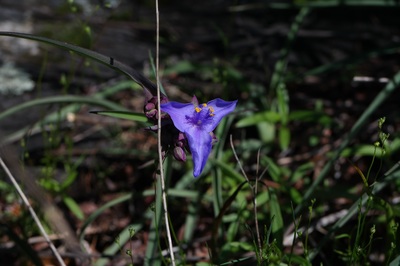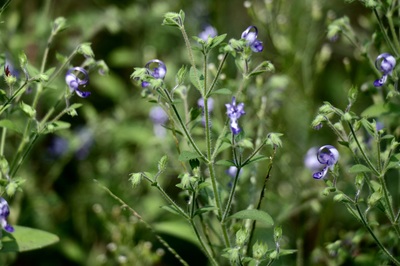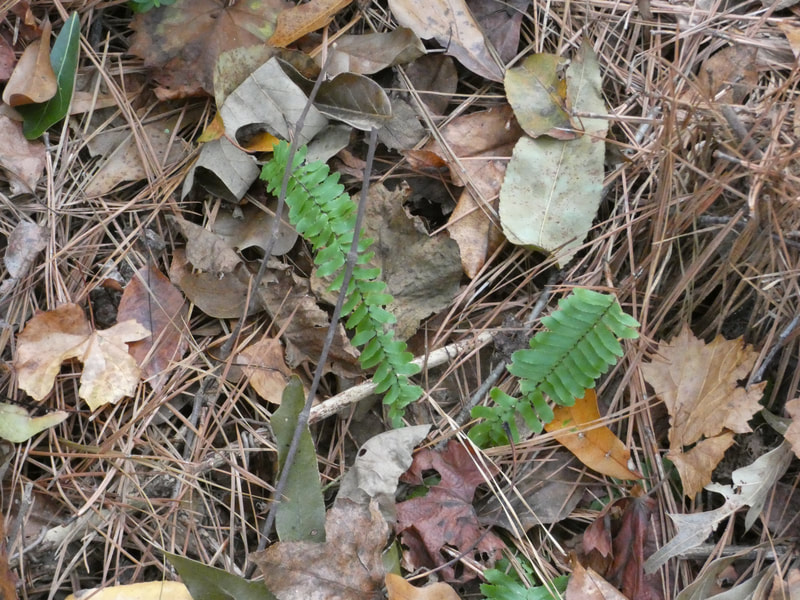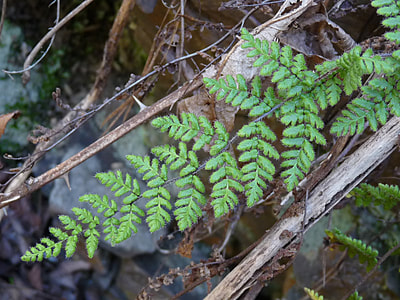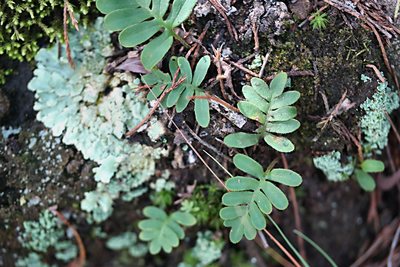Piedmont Bluffs and Cliffs
|
Cliffs are nearly vertical rock outcroppings: when they occur along rivers, they are called bluffs. Large rock outcrops with steep vertical faces are included here. Environmental conditions - and therefore plant species - vary greatly on bluffs, depending upon whether the bluff is facing north, creating shadier, cooler, moister conditions, or south, creating sunnier, warmer, drier conditions. Low sites, especially over narrow ravines are also moist, while sites at the top of the cliffs and bluffs are usually exposed and dry. Seepage from rock joints and bedding planes creates interesting micro-habitat. The thin soils are a limiting factor for many plants, and plant communities are more diverse on ledges where soil has collected.
Because there is very little soil to dilute the impact of rock type, cliffs and bluffs can support unique communities adapted to high acidity or calcareous conditions. What's special: Cliffs and bluffs are beautiful, dramatic natural features with scenic views. They provide habitat for some rare plants and animals. |
Landscapes
|
|
Plants
Click on a plant name to see images and more information about the plant. Plants listed in order by scientific name. Terms such as "rich", "calcareous" and "mafic" are from The Flora of the Southern and Mid-Atlantic States. Trees Chalk maple Acer leucoderme (particularly over mafic or calcareous rock) Red maple Acer rubrum Downy serviceberry Amelanchier arborea Dwarf hackberry/Georgia hackberry Celtis tenuifolia (often over calcareous substrate) Redbud Cercis canadensis (esp. over mafic or calcareous rocks) White ash Fraxinus americana (calcareous or mafic glades) Eastern red cedar Juniperus virginiana (occurring most on mafic or calcareous rock) Shortleaf pine Pinus echinata Loblolly pine Pinus taeda Virginia pine Pinus virginiana Blackjack oak Quercus marilandica Rock chestnut oak Quercus montana Post oak Quercus stellata Winged elm Ulmus alata Shrubs Fringe-tree Chionanthus virginicus Parsley hawthorn (parsley) Crataegus marshallii (especially over calcareous or mafic rocks) Oakleaf hydrangea Hydrangea quercifolia Mountain laurel Kalmia latifolia Hairy mock orange Philadelphus hirsutus (esp. over mafic or calcareous rock) NInebark Physocarpus opulifolius (esp. over mafic or calcareous rocks) Wafer ash Ptelea trifoliata (esp. over calcareous or mafic rock) Gorge rhododendron Rhododendron minus Fragrant sumac Rhus aromatica (usually over mafic or calcareous rocks) Winged sumac Rhus copallinum Coralberry Symphoricarpos orbiculatus (esp. over mafic or calcareous rocks) Sparkleberry Vaccinium arboreum Hillside blueberry Vaccinium pallidum Deerberry Vaccinium stamineum Southern black haw Viburnum rufidulum (especially common over mafic sites, but not at all restricted to them) Curlyleaf yucca Yucca filamentosa Vines Trumpet vine Campsis radicans Carolina jessamine Gelsemium sempervirens Virginia creeper Parthenocissus quinquefolia Greenbrier (whiteleaf/sawbrier) Smilax glauca Poison ivy Toxicodendron radicans Muscadine Vitis rotundifolia Ground Layer Wildflowers Rockcress/Sicklepod Boechera canadensis Partridge pea Chamaecrista fasciculata Glade rushfoil Croton willdenowii Poorjoe Diodia teres Eastern flowering spurge Eurphorbia corollata Alumroot Heuchera americana Veiny hawkweed Hierarcium venosum Pineweed Hypericum gentianoides Dwarf dandelion Krigia virginica Blazing star (small head) Liatris microcephala Carolina lily Lilium michauxii Toadflax Nuttallanthus canadensis Sundrops Oenothera fruticosa Appalachian rockpink Phermeranthus teretifolius Silkgrass Pityopsis graminifolia Shooting star (eastern) Primula meadia (primarily with calcareous or mafic rock; esp. with seepage) Fire pink Silene virginica Starry campion Silene stellata Pencil-flower Stylosanthes biflora Spiderwort (hairy) Tradescantia hirsuticaulis Spiderwort (smooth) Tradescantia ohiensis Blue curls Trichostema dichotomum Grasses, Sedges and Rushes Old-field broomstraw Andropogon virginicus Poverty oat grass Danthonia spicata Downy oat grass Danthonia sericea Little bluestem Schizachyrium scoparium Ferns Ebony spleenwort Asplenium platyneuron Marginal wood-fern Dryopteris marginalis Hairy lipfern Myriopteris lanosa Resurrection fern Pleopeltis michauxiana Rockcap fern Polypodium virginianum Blunt-lobed cliff fern Woodsia obtusa |
Representative trees in order by scientific name
Representative shrubs in order by scientific name
Representative vines in order by scientific name
Representative ground layer plants in order by scientific name.
Representative Ferns in scientific order
Representative Birds
|

